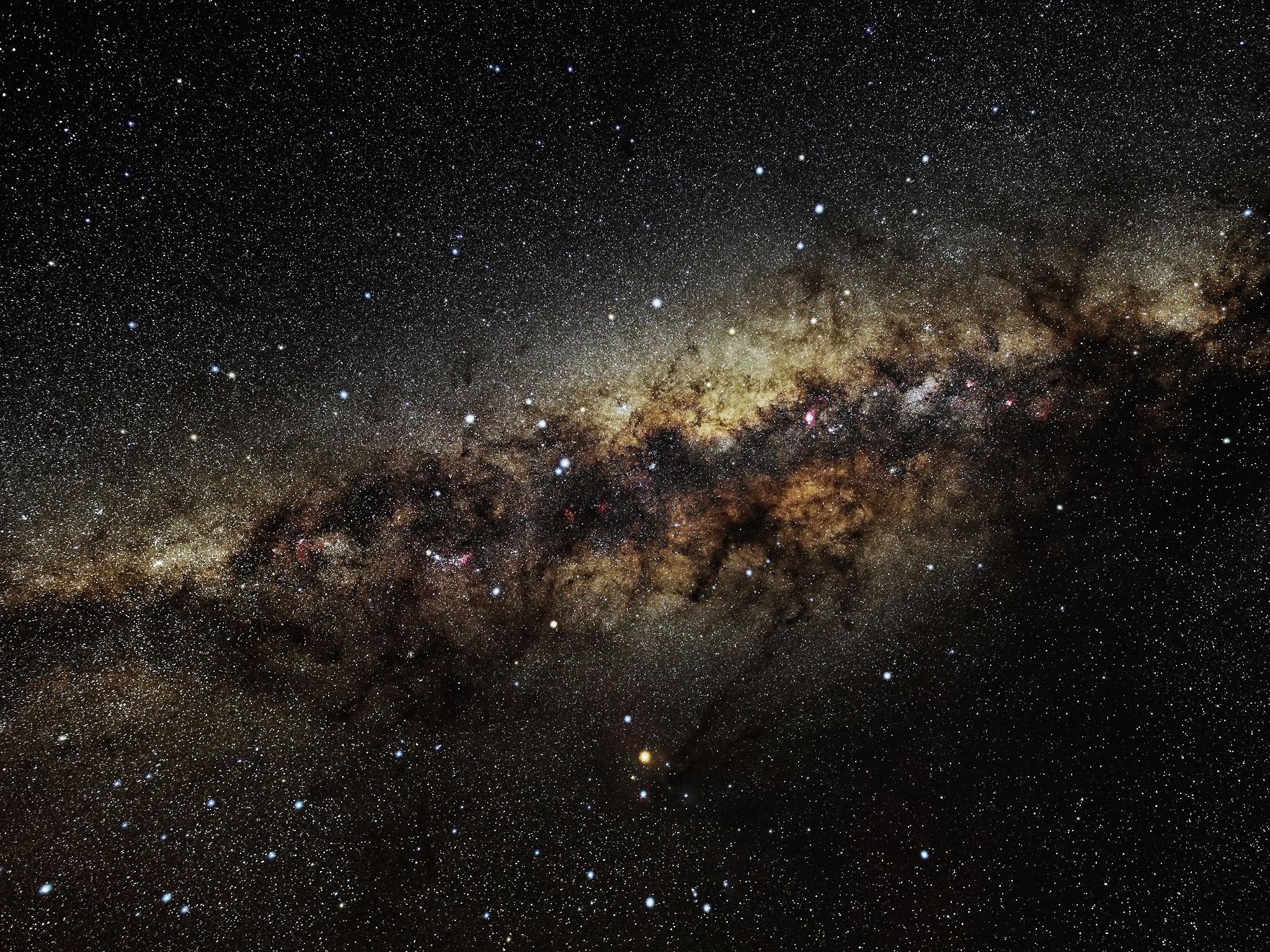Scientists find that black holes at the centre of galaxies could be sending waves across the universe
Understanding the beginnings of the wobbles in the fabric of spacetime could help us grasp the mysteries of the universe itself

Swirling black holes at the centre of the universe could be spewing out gravitational waves, according to a new study.
Researchers hailed a major breakthrough when they finally spotted wobbles in the fabric of the universe, known as gravitational waves, in 2015 – vindicating Einstein, who had predicted them a century before.
But the phenomenon remains mysterious. Researchers are still working to find out where gravitational waves come from, a discovery that could reveal the secrets of the universe itself.
When researchers spotted the waves in 2015, they knew they had come from a pair of huge black holes, which swirled around each other before coming together and merging. Since then, they’ve seen four more waves and expect to see many more in the future.
The waves sent out from two merging black holes are thought to be fairly common. But it’s unclear how these binary systems actually come together.
Now, a new paper suggests that the strange conditions needed to make a binary system of that kind happen is the result of the black hole that lies at the centre of most galaxies, including our own.
Such a massive black hole can cause very intense gravitational fields and extreme physics, which in most cases would separate the stars – but not always.
Sometimes, the black holes can become disrupted and are forced together into a binary system much sooner than expected.
Those then send out the gravitational waves that can be seen as ripples on Earth.
Join our commenting forum
Join thought-provoking conversations, follow other Independent readers and see their replies
0Comments